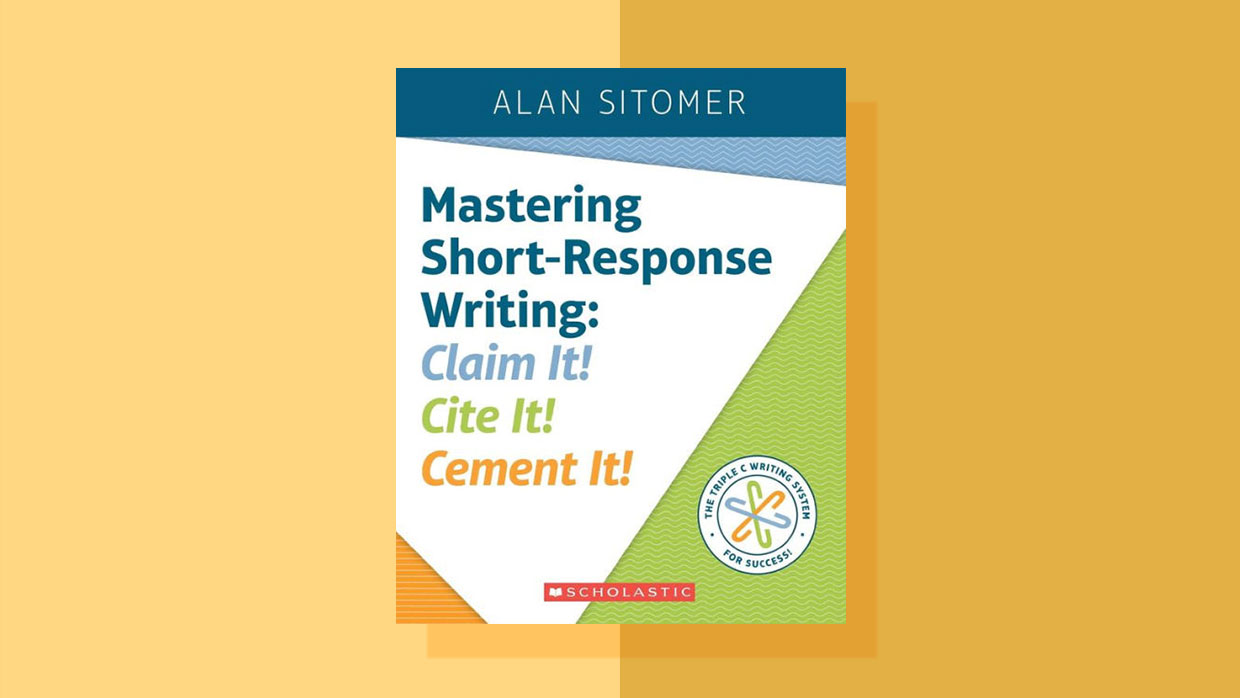How To Teach Students to Write Effectively in a Short-Response World
Like it or not, we now live in a short-response world.
From emails to cross-curricular writing tasks to social media posts to standardized tests and assessments across the disciplines, short response rules the day. Attention spans are down, information overload is up, and the people who know how to be pointed, concise, and cogent with brisk, clean, mechanically sound writing possess a valuable skill that will serve them well in and out of school for the rest of their lives.
A Simple, Effective Writing System
Becoming a confident, capable writer in today’s world begins with mastering the skills to compose evidence-based short-response writing. And when it comes to building rock-solid short-response writers, simplicity leads to success.
The Triple C writing system, which I outline in Mastering Short-Response Writing, is all about simplicity.
- The instructional model is simple.
- The student writing tasks are simple.
- The escalation of cognitive demands is simple.
It’s focused on argumentative and expository writing that scaffolds students toward concise and convincing responses to a prompt—an approach particularly effective for raising the skill sets of low-performing writers.
The Triple Cs
Teaching students how to craft rock-solid short responses is not merely a bridge to teaching multiparagraph essay writing; teaching students how to write rock-solid short responses is a highly valuable skill in and of itself.
To build strong student writers with skills that transfer across the disciplines—as well as beyond the classroom walls—we have to teach young writers how to compose an expository or argumentative short response that:
- Makes a claim. CLAIM IT!
- Supports the claim with evidence. CITE IT!
- Connects the evidence to the claim to create a rock-solid response. CEMENT IT!
Through the Triple Cs, students not only learn the material, but the learning sticks! This will last our kids a lifetime. And to do so well open a world of possibility.
However, don’t mistake the simplicity of the Triple C writing system for inelegance or nonrigor. By the time your students have progressed through the Triple Cs, you’ll discover that by concentrating on simplicity you have opened a door to both complexity and creativity. Student writing will flourish but it will do so based on nothing more opulent than sound fundamentals.
To learn more about Mastering Short-Response Writing: Claim It! Cite It! Cement It!, you can purchase the book here.
About the author:
Alan Sitomer is a California Teacher of the Year award winner and the founder of The Writer’s Success Academy. He’s taught English to urban high school students and has written more than 16 trade books for children and adolescents. He combines his passion for teaching and writing as a graduate-course lecturer, educational consultant, and inspirational keynote speaker.
